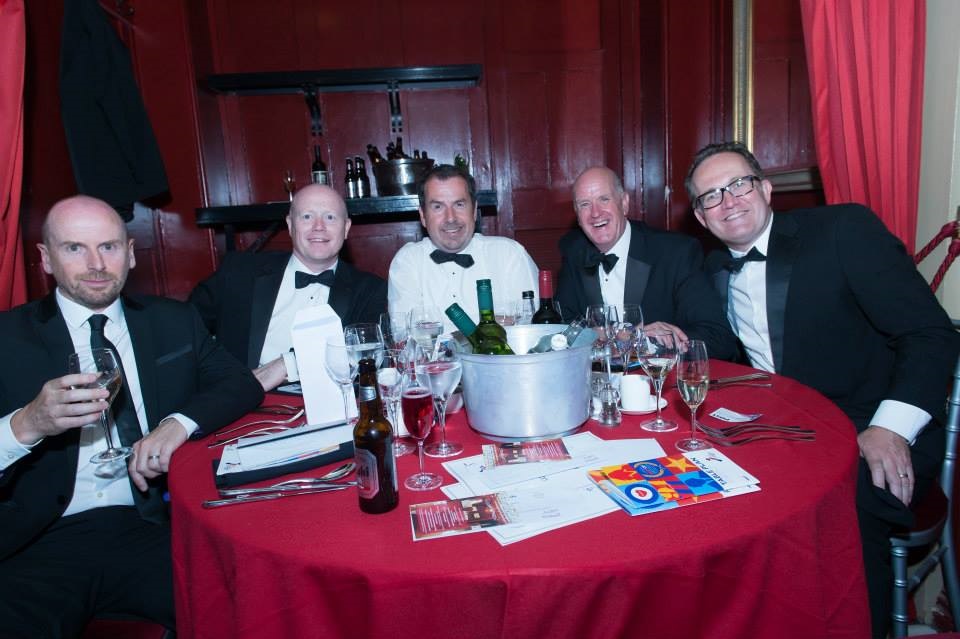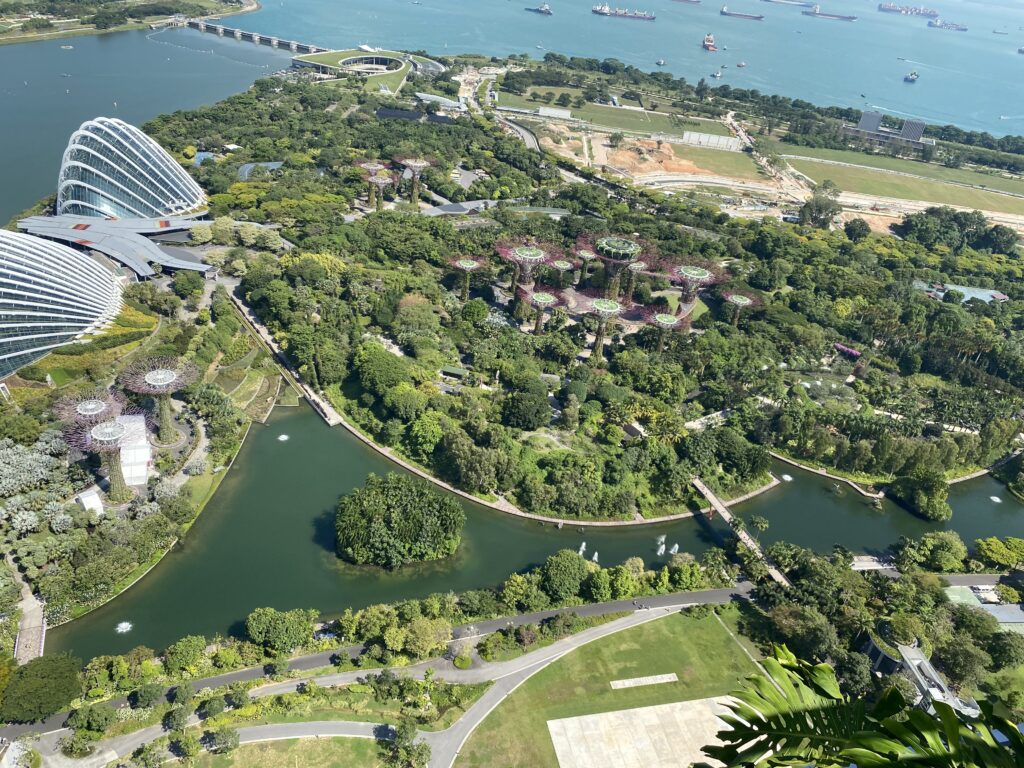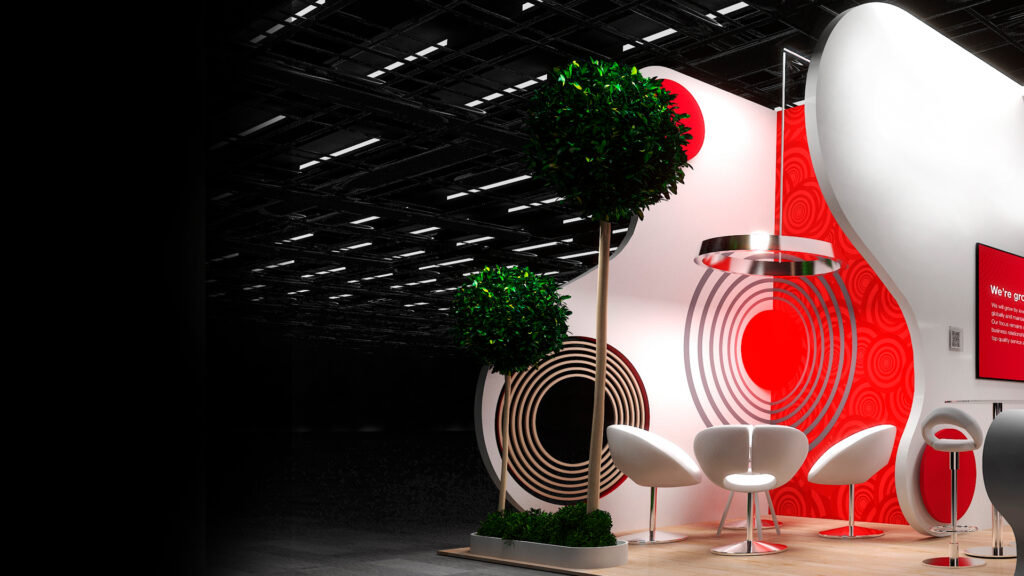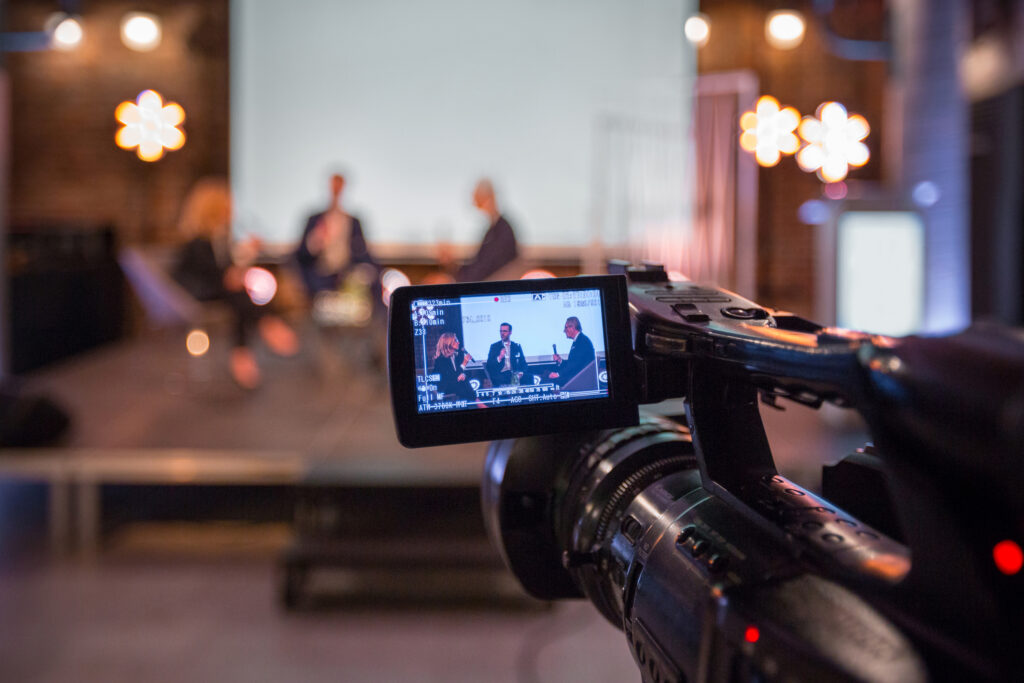There’s just two days to go until the most hotly-contested awards ceremony in the UK insurance industry calendar – the British Insurance Awards 2016! Held in London’s prestigious Royal Albert Hall, the annual event has rapidly developed a reputation for being a spectacular black tie event where respected insurance industry figures come together to commend the many achievements that continue to be made in the industry.
So, dancing shoes at the ready, there’s one very important thing left to do… dust off that Tux!
As we are sure that you’re all aware, the British Insurance Awards is a black tie evening. But what exactly does dressing in black tie attire consist of?
Whether this Wednesday will be your first time wearing a tux, or you’re a black tie veteran, here’s a quick reminder of the black tie dress code:
Gentlemen standard
For men, the elements of black tie are:
• A white dress shirt
• A black bow tie
• An evening waistcoat or cummerbund
• A dinner jacket of black or midnight blue wool, in which the jacket lapels and trouser braid are of silk or other contrasting material
• Black Oxford dress shoes or patent leather pumps.
Ladies’ standard
Women’s dress for black tie occasions has varied greatly through the years; traditionally it was:
• Evening shoes
• Dinner (ankle) or tea (below mid-calf) length sleeveless evening gown, often accompanied by:
• A wrap or stole and gloves
Today ladies dress for black tie occasions covers a much wider level of formality ranging from just below the white tie standard to a something more informal such as a little black dress. Specifically, it can also include:
• Evening shoes and a ball gown, evening gown or cocktail dress. Cocktail dresses may be long or moderately short and needn’t be black. Smart jumpsuits are also acceptable.
• In England, evening trousers with a palazzo cut are another acceptable option.
Here’s more about the history of the tux…
When the dinner jacket first came into fashion in the Victorian era, it was used as a less formal alternative for the tailcoat which upper classes men wore every evening. It was worn with the standard accompaniments for the evening tailcoat at the time: matching trousers, white or black waistcoat, white bow tie, white detachable wing-collar formal shirt and black formal shoes. Lapels were often faced or edged in silk or satin in varying widths. Dinner jackets were considered from the first less formal than full dress (cutaway) and etiquette guides declared it inappropriate for wear in mixed company. During the Edwardian era, the practice of wearing a black waistcoat and black bow tie with a dinner jacket became the convention, establishing the basis of the current black tie and white tie dress codes. The dinner jacket was also increasingly accepted at less formal evening occasions such as warm-weather gatherings or intimate dinners with friends. After World War I, the dinner jacket became de facto evening wear, while the evening tailcoat was limited to extremely formal or ceremonial occasions. During this interwar period, double-breasted jackets, turndown-collar shirts and cummerbunds became popular for black-tie evenings as did white and coloured jackets in warm weather. In the decades following World War II, black tie became special occasion attire rather than standard evening wear. In the 1950s, coloured and patterned jackets, cummerbunds and bow ties and narrow lapels became very popular; the 1960s and 1970s saw the colour palette move from muted to bright day-glow and pastel, as well as ruffled-placket shirts as lapels got wider and piping was revived. The 1980s and 1990s saw a return to nostalgic styles, with black jackets and trousers again becoming nearly universal. In the 2000s (decade), midnight blue once again became popular, lapel facings were sometimes reduced to wide edging.
Source: wikipedia













